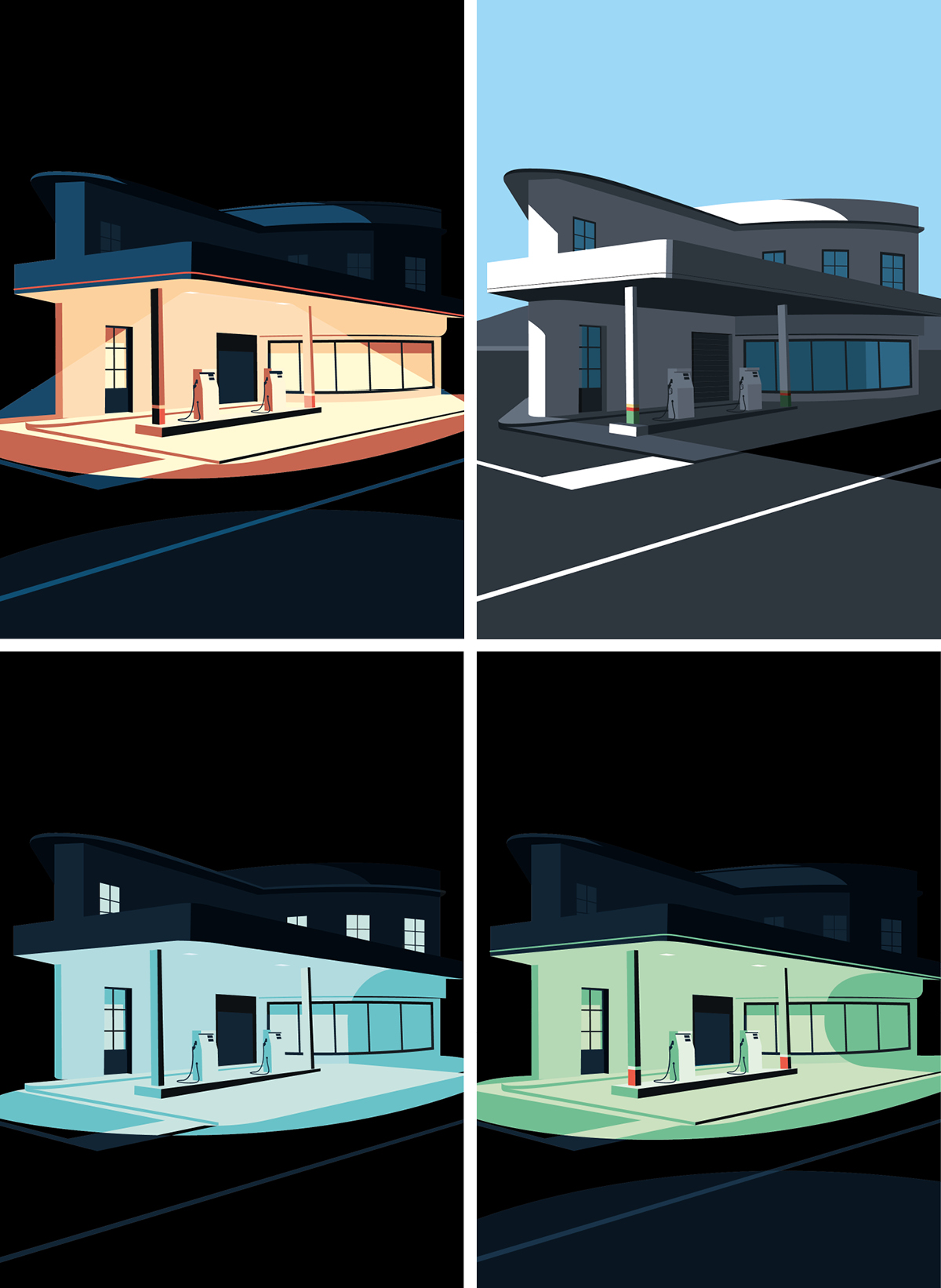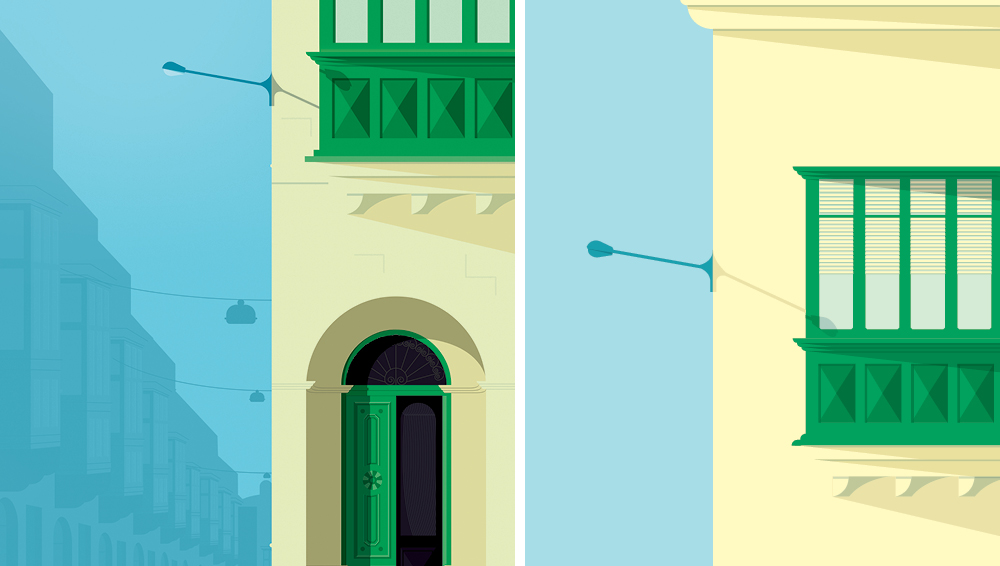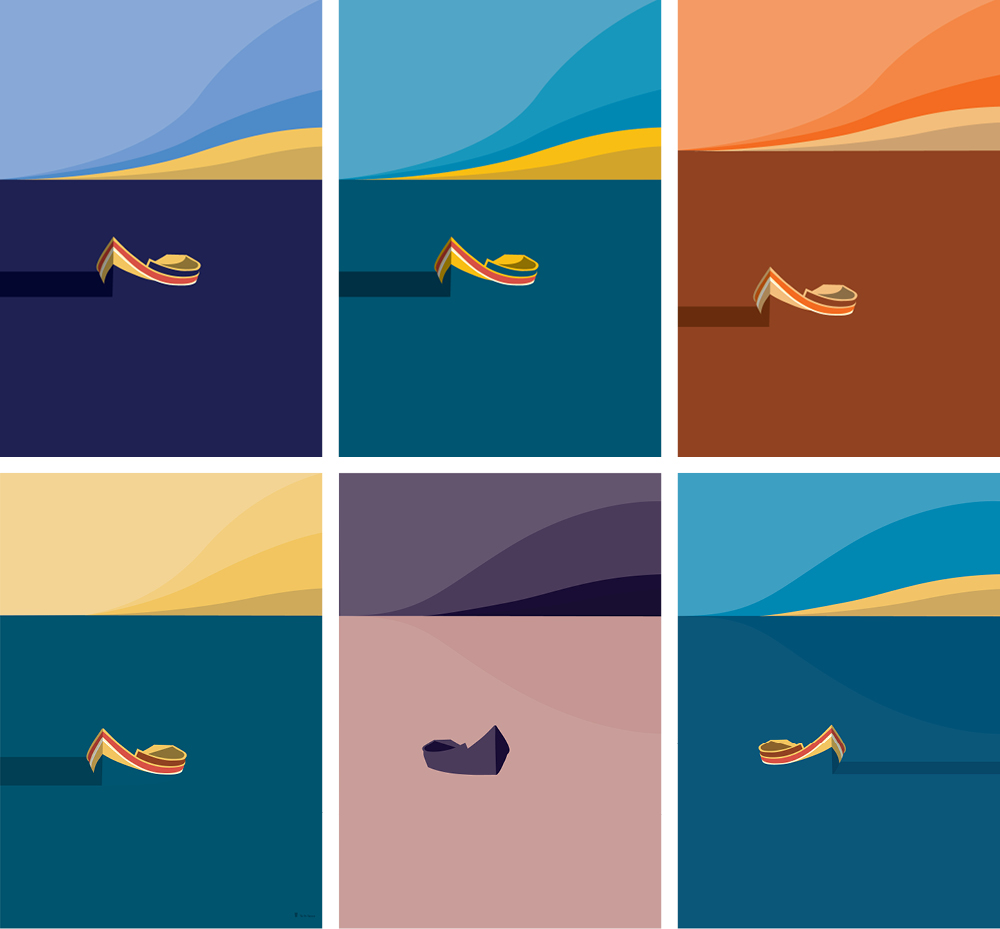Whenever I sit down with the intention of working on a new collection or print, I’d have a pretty clear idea of what message I would like the work to convey. This is usually a result of intense discussion with the team, which takes place before developing the portrayal of a subject or even looking at the subject at all.
Never has a work ever been successfully completed before having discussed and observed, two key factors that are a fundamental part of the design process.
Omitting these steps usually lead to me either having a complete creative block, which leaves me without a clear idea of what I want to achieve, or that what I’ve conjured up in my mind is not well-thought out and therefore, I feel uncomfortable investing time in it. If I ignore the sense of discomfort and invest in it anyway, I will more than likely end up with work that is too literal for my liking, which doesn’t really do much in the way of storytelling.
When it comes to Te fit-Tazza, the topics that fuel our discussions, during observation and reflection, can stem from anything, ranging from a heated debate about current events, to reminiscing about our childhoods.
Each and every one of us are always surrounded by sources of inspiration. If the subject resonates with us and we feel strongly about it, if we just tap into that inspiration, we will undoubtedly find a perspective that can be portrayed. This in itself is an aspect of the Te fit-Tazza synergy that has always excited me.
By means of adopting a brand new mindset, we try to observe parts of the Maltese identity that are easily and commonly overlooked, primarily because we’ve become too used to our surroundings.
Whenever I sit down with the intention of working on a new collection or print, I’d have a pretty clear idea of what message I would like the work to convey. This is usually a result of intense discussion with the team, which takes place before developing the portrayal of a subject or even looking at the subject at all.
Never has a work ever been successfully completed before having discussed and observed, two key factors that are a fundamental part of the design process.
Omitting these steps usually lead to me either having a complete creative block, which leaves me without a clear idea of what I want to achieve, or that what I’ve conjured up in my mind is not well-thought out and therefore, I feel uncomfortable investing time in it. If I ignore the sense of discomfort and invest in it anyway, I will more than likely end up with work that is too literal for my liking, which doesn’t really do much in the way of storytelling.
When it comes to Te fit-Tazza, the topics that fuel our discussions, during observation and reflection, can stem from anything, ranging from a heated debate about current events, to reminiscing about our childhoods.
Each and every one of us are always surrounded by sources of inspiration. If the subject resonates with us and we feel strongly about it, if we just tap into that inspiration, we will undoubtedly find a perspective that can be portrayed. This in itself is an aspect of the Te fit-Tazza synergy that has always excited me.
By means of adopting a brand new mindset, we try to observe parts of the Maltese identity that are easily and commonly overlooked, primarily because we’ve become too used to our surroundings.
With every collection designed, I always take aesthetic considerations, based on the message. For instance, with the Elements of Malta collection, the idea was to instil a sense of nostalgia, by means of subjects that are found locally. In this case, subject is king.
The way in which the subject is presented is also crucial. In this case, the concept of showing the subject in isolation, surrounded by no other subjects, not only glorifies the subject, but allows viewers to apply their own context and understanding to the piece.
After all, the subjects presented in this particular collection are meant to conjure up all those childhood memories. While there are subjects that each and every one of us share some sort of memory of, such as the ‘Denfil’, there are others like the ‘Mutur Tal-Fardal’, which may strike a much more personal chord within some.

When we sat down to work on Series 1, the first set of prints that we worked on, understanding how the aesthetic considerations influenced the message presented some challenges. Though there was a bit of a learning curve, it was all part of the process of discovering the true meaning, and message, behind our work. Once we fully understood and came to terms with the message we wanted to convey with the collection, we created a central concept that everything, ranging from colour to composition revolved around.
After trying to get started on the first print, we hit a brick wall. Something wasn’t working, more detail was added, compositions were changed. We went through no less than five iterations of the same print. Sitting with Andrew, frustrated and uninspired, it suddenly dawned on us that what we were struggling with, was the communication of the message. We saw the light and from then on, everything flowed, and the way in which we communicated the message became a lot simpler.
We get lost in the process of creating background noise too often, sometimes without even questioning whether what we’re creating holds any water.You wouldn’t waltz into a room full of people and give a speech, without first having thoroughly prepared. The same applies for most things, including one’s creative output.
Getting lost in creating something that is visually striking is fine, after all, it is a way of honing your skills and learning.
However, when your work has a strong message that you, hand-on-heart believe in, it in turn creates a solid foundation, which allows you to develop the idea even further than you could have ever imagined.


